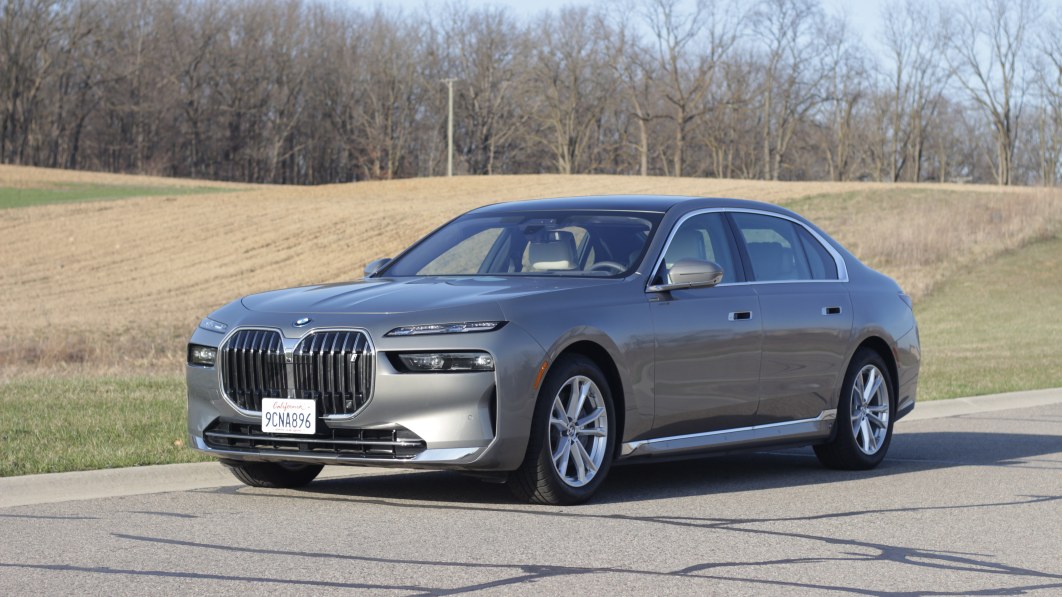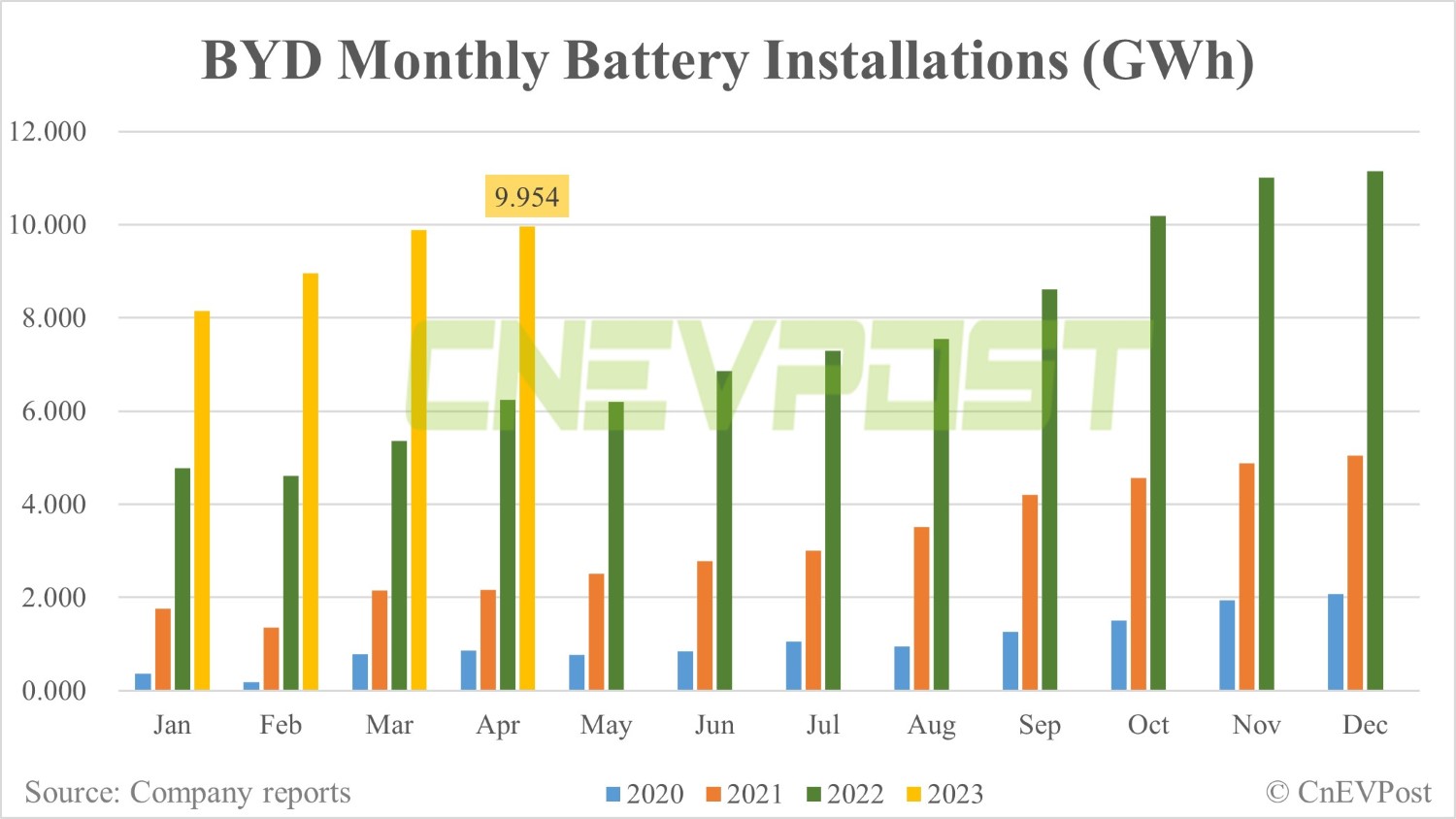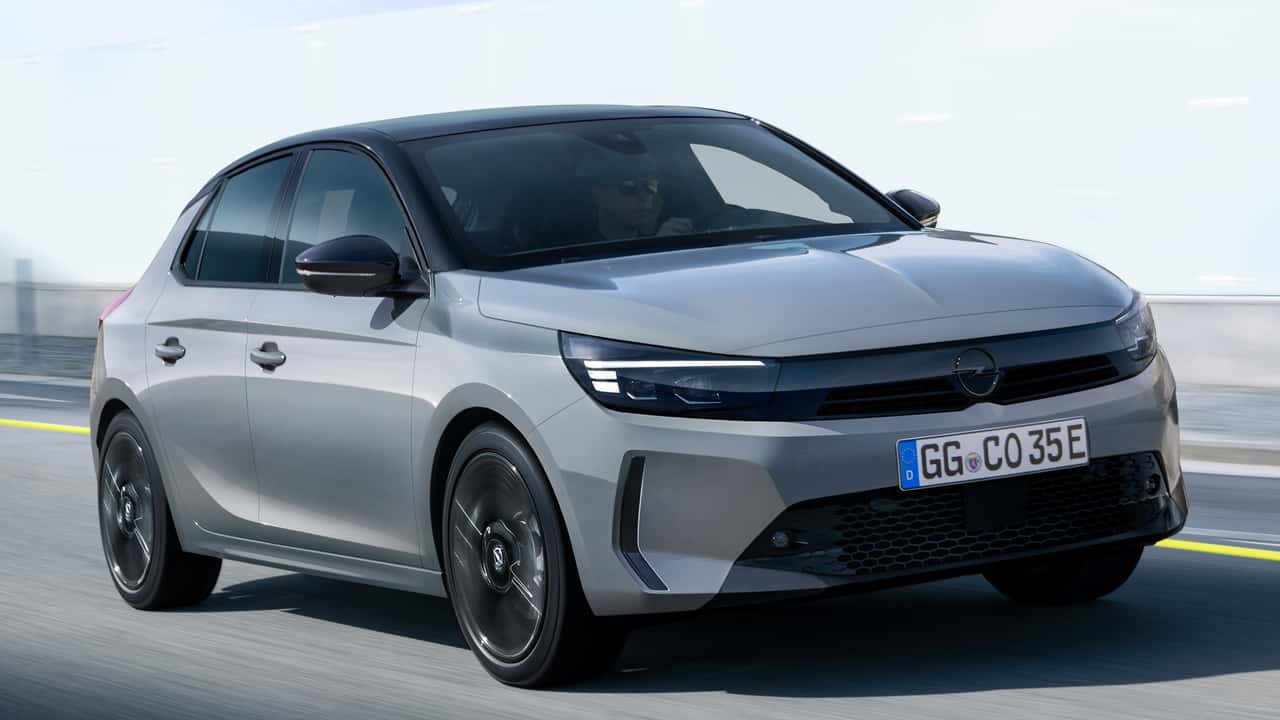XPeng reported a negative 2.5 percent vehicle margin for the first quarter, a decline attributed to increased sales promotions and the expiration of the NEV subsidy.

XPeng (NYSE: XPEV) today reported weaker-than-expected first quarter results, with gross margins falling sharply to low single digits due to sales promotions.
The company reported first-quarter revenue of RMB 4.03 billion ($590 million), down 45.9 percent year-on-year and down 21.5 percent from the fourth quarter, according to its unaudited earnings report released today.
This was below Wall Street analysts' estimates of RMB 4.22 billion and lies near the lower end of the guidance range it previously provided of RMB 4 billion to RMB 4.2 billion.
XPeng reported first-quarter vehicle sales revenue of RMB 3.51 billion, down 49.8 percent year-on-year and down 24.6 percent from the fourth quarter of 2022.
The decreases were mainly due to lower vehicle deliveries and the discontinuation of new energy vehicle (NEV) subsidies in China, XPeng said.
Previously published figures have shown that XPeng delivered 18,230 vehicles in the first quarter, slightly above the lower end of the guidance range of 18,000 to 19,000 vehicles.

XPeng's gross margin was 1.7 percent in the first quarter, compared with 12.2 percent and 8.7 percent in the same period last year and the fourth quarter of 2022, respectively.
It reported a negative 2.5 percent vehicle margin in the first quarter compared to 10.4 percent in the same period in 2022 and 5.7 percent in the fourth quarter of 2022.
That decline was due to increased sales promotions and the expiration of the NEV subsidy, XPeng said.

XPeng's R&D expenses in the first quarter were RMB 1.30 billion, up 6.1 percent year-on-year and up 5.3 percent from the fourth quarter of 2022.
These increases were mainly due to higher expenses related to the development of new models to support future growth.
It reported selling, general and administrative expenses of RMB 1.39 billion in the first quarter, a decrease of 15.5 percent year-on-year and a decrease of 21.0 percent from the fourth quarter of 2022.
This was mainly due to lower commissions to franchisees and lower marketing and advertising expenses, XPeng said.
XPeng reported a net loss of RMB 2.34 billion in the first quarter, compared with RMB 1.70 billion in the same period last year and RMB 2.36 billion in the fourth quarter of 2022.

Non-GAAP net loss, excluding stock-based compensation expense, was RMB 2.21 billion in the first quarter compared to RMB 1.53 billion in the same period in 2022 and RMB 2.21 billion in the fourth quarter of 2022.
XPeng reported both basic and diluted net loss per ADS of RMB 2.71 in the first quarter, compared to RMB 2.00 in the same period last year and RMB 2.74 in the fourth quarter of 2022.
It reported a non-GAAP basic and diluted net loss per ADS of RMB 2.57 for the first quarter, compared to RMB 1.80 for the same period last year and RMB 2.57 for the fourth quarter of 2022.
As of March 31, XPeng had cash and cash equivalents, restricted cash, short-term investments and time deposits of RMB 34.12 billion.
This compares to RMB 41.71 billion as of March 31, 2022 and RMB 38.25 billion as of December 31, 2022.
XPeng expects second-quarter vehicle deliveries to be in the range of 21,000 to 22,000 units, a decrease of about 36.1 percent to 39.0 percent year-on-year.
It expects total revenue for the second quarter to be between RMB 4.5 billion and RMB 4.7 billion, a decrease of about 36.8 percent to 39.5 percent year-on-year.
Considering XPeng delivered 7,079 vehicles in April, the guidance implies that the company expects it will deliver a total of 13,921 to 14,921 vehicles in May and June.
XPeng's deliveries have continued to be weak since the second half of last year, with the G9 launch failing to generate consumer enthusiasm.
The company's sales now appear to be dampened again by the G6 as potential consumers wait for the model, whose launch and delivery is expected by the end of June.
The post XPeng Q1 earnings miss expectations, gross margin falls to 1.7% appeared first on CnEVPost.
For more articles, please visit CnEVPost.








